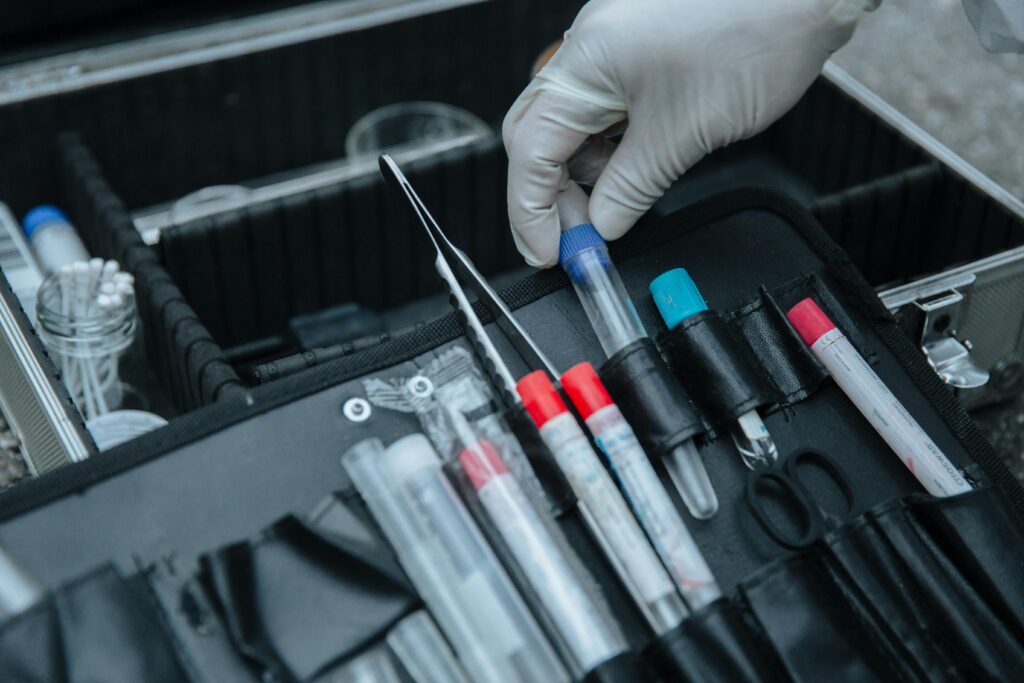Ever received a letter accusing you of patent infringement? If so, you’re not alone. Studies show that over 6,000 patent lawsuits are filed annually in the U.S. alone. Now imagine this: What if your company had patent infringement insurance but didn’t know how to navigate the dreaded infringement claim process? Sounds like a recipe for disaster, right?
In this guide, we’ll walk you through everything from understanding what an infringement claim entails to preparing your defense with patent infringement insurance. You’ll learn:
- Why the infringement claim process is critical for businesses.
- A step-by-step breakdown of handling claims effectively.
- Tips on maximizing coverage while avoiding common pitfalls.
Table of Contents
- Key Takeaways
- Why the Infringement Claim Process Matters
- Navigating the Infringement Claim Process Step by Step
- Best Practices for Handling Claims and Insurance
- Real-Life Examples: Success Stories with Patent Infringement Insurance
- FAQs About the Infringement Claim Process
Key Takeaways
- Prioritize having patent infringement insurance before receiving any legal threats—it can save thousands in legal fees.
- Understand the infringement claim process: Ignoring it won’t make it go away.
- Work closely with your insurer during investigations; they’re there to help mitigate risks.
Why the Infringement Claim Process Matters
Picture this: Your startup just launched its flagship product after months of hard work. Suddenly, out of nowhere, you get slapped with a cease-and-desist letter alleging patent infringement. Panic sets in. “What do I do now?”
This is where things often spiral downhill without proper guidance or protection. A poorly handled infringement claim process could lead to hefty fines, damaged reputations, or even business closure. Even worse? Trying to fight these battles without insurance support can drain financial resources faster than a leaky faucet.

Navigating the Infringement Claim Process Step by Step
“Optimist You:” “Handling an infringement claim sounds simple enough!”
“Grumpy You:” “Ugh, fine—but only if coffee’s involved.” Let’s dive into the gritty details together.
Step 1: Review the Allegation Carefully
Don’t rush to respond emotionally. Instead, review every detail of the accusation:
- Identify which patents are allegedly infringed upon.
- Note specific products/services being targeted.
- Check deadlines for responses; missing them might result in default judgments against you.
Step 2: Notify Your Patent Infringement Insurer ASAP
Remember—time is money here! Most policies require immediate notification when facing potential claims. This ensures your insurer has ample time to investigate and prepare defenses.
Step 3: Gather Evidence
Collect all relevant documentation related to your product development:
- Design sketches.
- Patent searches conducted prior to launch.
- Emails discussing innovation processes internally.
Step 4: Consult Legal Experts
Your insurer may assign lawyers specializing in intellectual property law. Lean on their expertise—they know how to strategize around complex scenarios involving multiple stakeholders.

Best Practices for Handling Claims and Insurance
Tip #1: Be Transparent with Your Insurer
Honesty builds trust. Provide full disclosure about past innovations similar to those under scrutiny—it helps shape stronger arguments later.
Tip #2: Keep Communication Professional
Never respond angrily or defensively via email/text messages. Always maintain professionalism throughout interactions.
Terrible Tip Alert!
DO NOT use DIY legal templates downloaded online as substitutes for professional advice. These documents rarely cover nuances specific to individual cases adequately.
Real-Life Examples: Success Stories with Patent Infringement Insurance
Consider Company X—a mid-sized tech firm accused of violating a competitor’s software patent. Thanks to proactive purchase of patent infringement insurance years earlier, they navigated the entire infringement claim process smoothly:
- Initial Response: Immediate insurer involvement led to swift communication strategies.
- Evidence Collection: Internal records proved independent invention timelines aligned outside contested periods.
- Negotiation Outcome: Case settled amicably due to robust legal representation supported by coverage funds.

FAQs About the Infringement Claim Process
Q1: What Should I Do First After Receiving an Infringement Letter?
A: Calm down first (yes, seriously). Then immediately notify your patent infringement insurer and begin gathering necessary evidence.
Q2: Does Every Business Need Patent Infringement Insurance?
A: While not mandatory universally, industries prone to frequent litigation should strongly consider obtaining coverage proactively.
Q3: Can My Lawyer Handle Everything Alone?
A: Technically yes, but collaborating with insurers amplifies efficiency since they specialize in managing such disputes regularly.
Conclusion
Navigating the infringement claim process might feel overwhelming initially, but arming yourself with knowledge and tools transforms challenges into opportunities for growth. Don’t forget—having reliable patent infringement insurance acts as a safety net, empowering smarter decision-making amidst uncertainty.
As promised earlier, here’s a small treat for sticking till the end:
Patents clash, lawsuits brew, Protect wisely—or find trouble anew. Insurance shields, peace ensues. (Like Frodo dodging Mordor's blues)


